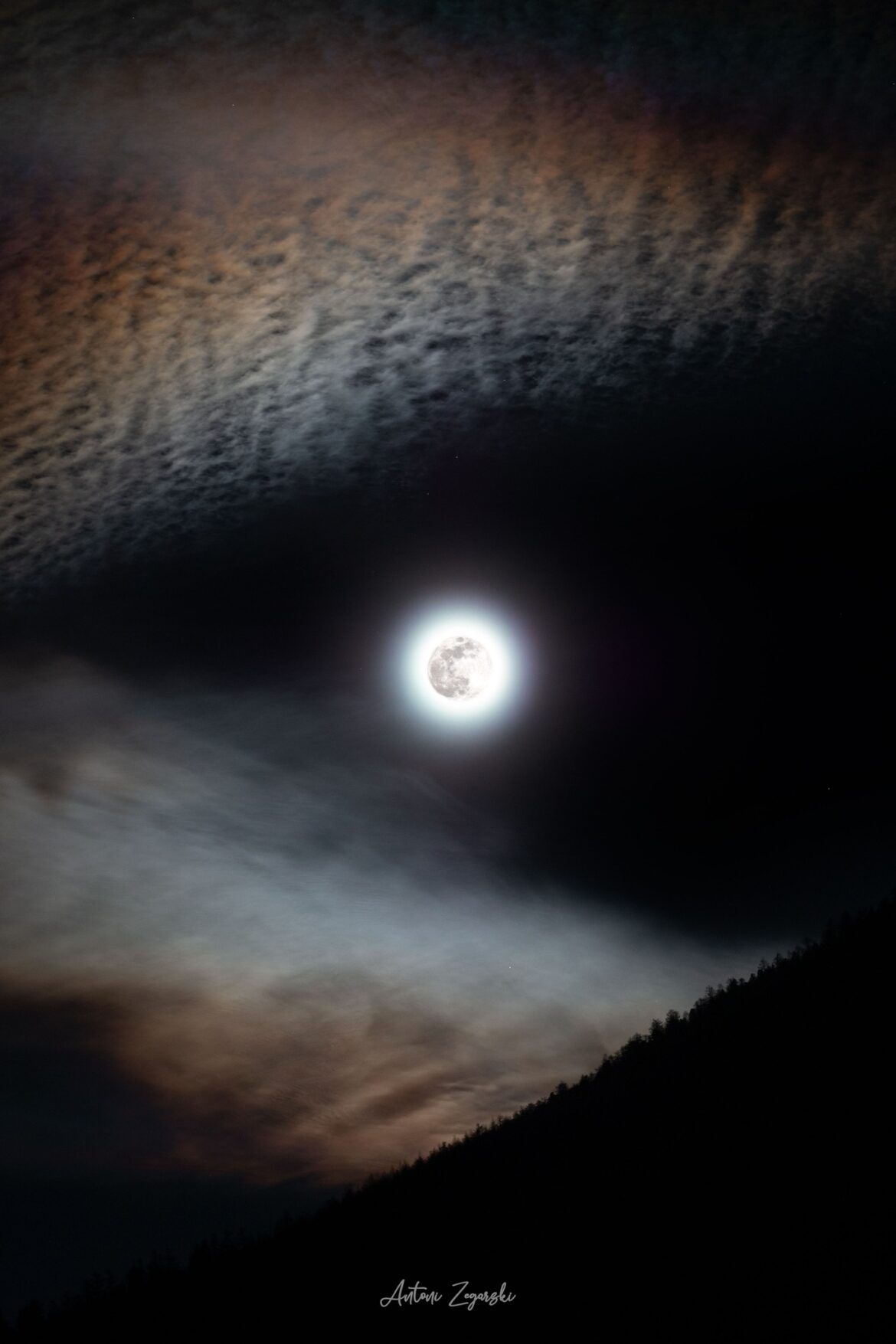A teenager from Poland honoured by NASA. The photo of a 17-year-old from Grodzisk Mazowiecki has been recognised as the Astronomy Picture of the Day. He received the award for his extraordinary photograph of the full moon.
Each day, the US space agency NASA chooses one of the space photos submitted from around the world to receive the Astronomy Picture of the Day (APOD) award. Each photograph awarded in this way is published by NASA along with a scientific description of the phenomenon it captures.
Antoni Zegarski announced his award on social media, writing that it was “a dream award” for anyone involved in astrophotography. In an interview, he admitted that the awarded photo was not the first one he had sent to the US space agency. “They receive hundreds, if not thousands, of photos every day, so I did not assume that mine would be awarded”, he said.
On the occasion of the award and the release of Antoni Zegarski’s photo, NASA posted a description explaining the amazing phenomenon associated with the full moon.
” Did you see the full moon last month? During every month, on average, a full moon occurs in the skies over planet Earth. This is because the Moon takes a month to complete another orbit around our home planet, goes through all of its phases, and once again has its entire Earth-facing half lit by reflected sunlight. Many indigenous cultures give each full moon a name, and this past full moon’s names include the Ice Moon, the Stay at Home Moon, and the Quiet Moon. Occurring in January on the modern western calendar, several cultures have also named the most recent full moon the Wolf Moon, in honor of the famous howling animal. Featured here above the Italian Alps mountains, this past Wolf Moon was captured in combined long and short exposure images. The image is striking because, to some, the surrounding clouds appear as a wolf’s mouth ready to swallow the Wolf Moon, while others see the Moon as a wolf’s eye.”, says the Astronomy Picture of the Day profile.
Adrian Andrzejewski





